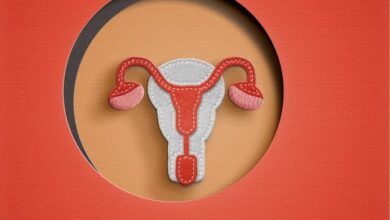Type 2 Diabetes: 6 Uncoverable Signs That Children May Have High Blood Sugar
Chronic type 2 diabetes has an impact on how the body processes sugar levels. For many years, this ailment was known as adult-onset diabetes, however owing to various health problems, more youngsters are now receiving a diagnosis. It’s important for parents and other caregivers to be aware of the symptoms that might point to high blood sugar levels in children since type 2 diabetes in children is becoming more and more prevalent. Here are six subtle warning signals to look out for, albeit they may not always be obvious:
Type 2 Diabetes in Children: 6 Warning Symptoms
Children who have high blood sugar levels may feel increased thirst. Even if they haven’t participated in any physically taxing activity, they could want water or other fluids more often than normal.
Frequent Urination: Frequent urination is one of the typical symptoms of high blood sugar. It may indicate high blood sugar levels if your kid uses the restroom more often than normal, particularly if they wake up at night to pee.
Extreme Hunger: Children with high blood sugar levels may continue to feel hungry hours or even days after eating. As a result, you can consume too much and put on weight.
Unexpected weight loss: Despite having more appetite, some kids with type 2 diabetes may actually lose weight. This is because insulin resistance prevents glucose from providing the energy that the body’s cells need.
weariness: Children who have high blood sugar may experience weariness and irritability due to a lack of energy. It may indicate increased blood sugar levels if your kid exhibits unusual signs of fatigue or moodiness.
Vision Blur: Consistently high blood sugar levels may harm the eyes, resulting in vision blur. Have your child’s blood sugar levels examined if they complain of hazy or distorted vision.
Previously mostly affecting adults, type 2 diabetes is increasingly more common among kids. Genes, an unhealthy diet, or excess body weight may all play a role in the condition’s development. It’s crucial to keep in mind that these symptoms might be modest and don’t necessarily mean you have diabetes. However, it’s crucial to see a doctor for a complete examination and diagnosis if you observe any of these symptoms in your kid, particularly if they co-occur. The prevention of complications and the promotion of a healthy future depend on the early identification and treatment of type 2 diabetes in children.







